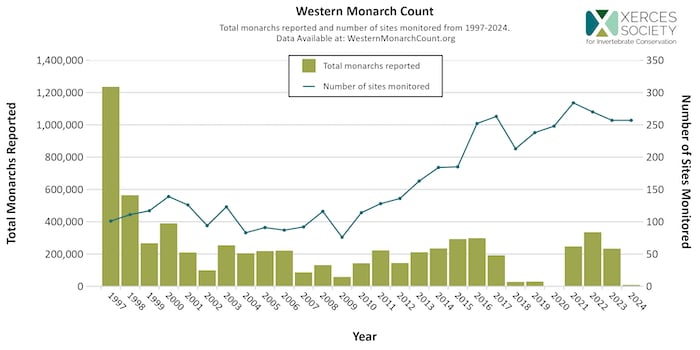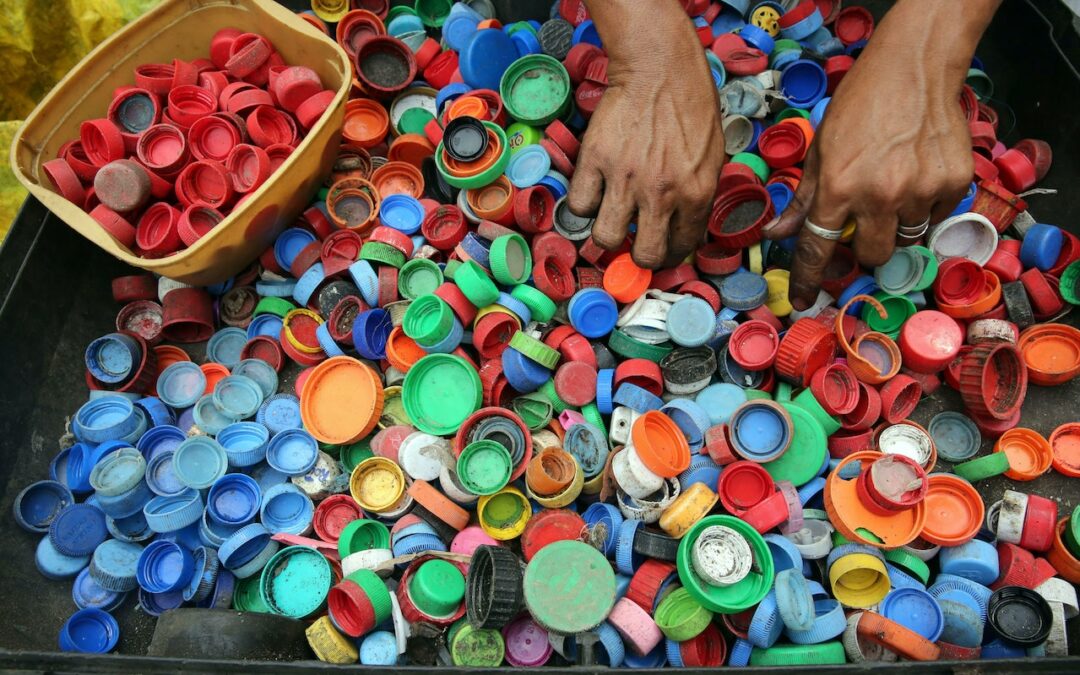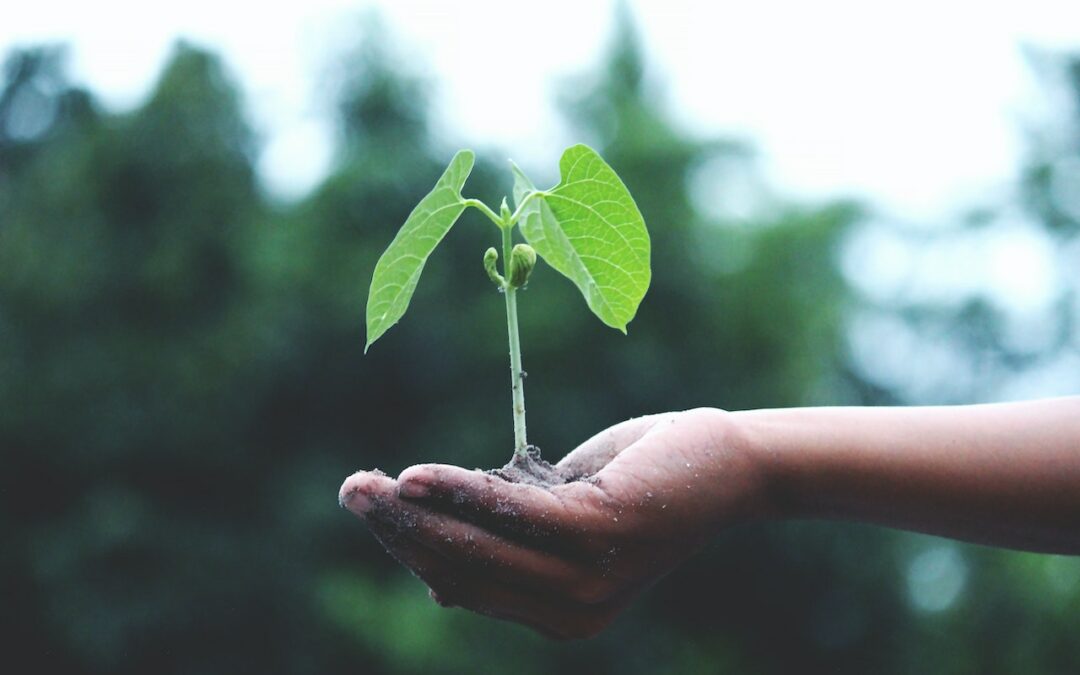
by Komoneed | Feb 6, 2025
Sydney Water’s newly commissioned mobile PFAS treatment unit at Cascade Water Filtration Plant (WFP) has started to reduce the levels of PFAS during the first month of a new treatment trial.
Recent testing indicated that water processed through the mobile PFAS treatment has reduced PFAS levels below the proposed Australian Drinking Water Guidelines (ADWG).
Sydney Water Managing Director Roch Cheroux said this swift result affirms Sydney Water’s commitment to continue delivering safe and high-quality drinking water across the network.
“Our teams worked around the clock to deliver this important work at Cascade WFP, and to see the results start to shift is a testament to their efforts,” Cheroux said.
The $3.4 million mobile PFAS treatment plant, which treats four megalitres (ML) of water per day, will remain in use for up to three years as part of a strategy to treat water in the Blue Mountains catchment.
Using granular activated carbon (GAC) filters and ion exchange technology, the mobile PFAS treatment plant harnesses the latest technology to remove PFAS from the water.
Prior to the installation of the mobile PFAS treatment plant, the water produced at the Cascade WFP was compliant with the current ADWG. The mobile PFAS treatment plant will ensure compliance with the proposed ADWG.
“We have been testing the treated water from Cascade weekly and publishing the results on our website for the public to view,” Cheroux said.
The mobile PFAS treatment unit at Cascade Water Filtration Plant.
“With the mobile PFAS treatment plant online, the results have shown a continued decline in PFAS concentrations and Sydney Water is confident the concentration of the PFAS in the water produced at the Cascade WFP will soon be consistently below the proposed guidelines.
“We will continue testing the treated water at Cascade to provide the Blue Mountains community with confidence in the quality of their drinking water, and to demonstrate Sydney Water’s commitment to delivering water that meets the highest standards,” Cheroux said.
Member for the Blue Mountains Trish Doyle said she is excited to see the mobile PFAS treatment unit in operation.
“I welcome this positive news and the tireless efforts by Sydney Water to assure the Blue Mountains community every effort is being made to deliver safe drinking water of the highest quality,” Doyle said.
The treatment trial is part of Sydney Water’s Long Term Capital and Operational Plan (LTCOP) — an adaptive roadmap designed to deliver essential upgrades and new infrastructure across the network through to 2050.
The LTCOP proposes an investment of more than $30 billion over the next decade to ensure Sydney Water can continue providing safe, sustainable and reliable water services to meet the needs of a rapidly expanding city.
“Our LTCOP prioritises public health, environmental sustainability and economic efficiency to allow us to maintain the highest level of service that our customers expect,” Cheroux said.
The final PFAS guidelines will be published by the National Health and Medical Research Council (NHMRC) in April 2025. Once released, Sydney Water will work closely with NSW Health to implement the guidelines and ensure compliance to any updated regulatory requirements.
Top image caption: Sydney Water’s Water Quality Manager, Corinna Doolan, at Cascade Water Filtration Plant, next to the mobile PFAS treatment unit.

by Komoneed | Feb 6, 2025
The Western monarch butterfly population in California has plummeted to a near-record low of less than 10,000 this winter. The 28th annual Western Monarch Count — conducted by hundreds of partners and volunteers — reported a peak monarch population of 9,119 overwintering butterflies. It was the second lowest on record since the count started in […]
The post California’s Monarch Butterfly Population Plummets to Near-Record Low appeared first on EcoWatch.

by Komoneed | Feb 6, 2025
In its first week, the new administration made several policy changes that may impact recycling programs across the nation. One of the biggest involved freezing funds for the Inflation Reduction Act and Infrastructure Investment and Jobs Act for at least 60 days. There’s also been talk about gutting the EPA. All of this has people […]
The post Biodegradable Packaging and Its Role in Recycling Programs appeared first on RecycleNation.

by Komoneed | Feb 2, 2025
The Dalai Lama warned of the coming consequences of climate change and humanity’s abuse of…
The post Earth911 Inspiration: The Earth Will Not Be Silent appeared first on Earth911.

by Komoneed | Feb 2, 2025
With mandatory climate statement disclosure rolling out in Australia, businesses need to start reporting on their emissions and sustainability plans for the future. As companies begin assessing the relevant risks and opportunities related to various climate scenarios, energy efficiency presents itself as an immediate climate-strategy with long-term benefits.
Commencing 1 January 2025, businesses that meet two of the three conditions — more than 500 employees, gross assets above $1 billion or $500 million or more in consolidated gross revenue — are required to lodge a climate statement, which discloses their climate-related plans, financial risks and obligations. As part of the gradual roll-out, by 1 July 2027, businesses that meet two of these conditions — more than 100 employees, gross assets above $25 million or exceeding $50 million in consolidated gross revenue — will also be required to report.
This climate statement will need to include the company’s sustainability governance, climate risks and opportunities, including those physical and transition related. They will also need to disclose their Scope 1 and 2 emissions, strategy to decarbonise, and conduct scenario analysis on the short, medium and long term impacts on the business. By the second year of reporting, businesses will also be expected to report on Scope 3 emissions.
Scenario analysis will be based on various assumptions of the state of the climate, one of which includes a possible future where global temperature has increased 2.5°C or more. They will be required to share their climate strategy and steps they are taking long-term in preparation for this scenario.
Common themes within climate strategies will include switching to renewable energy sources, electrifying fleet vehicles, purchasing carbon credits, and carbon capture and storage. Many of these methods look at reducing emissions through the energy source, or targeting the carbon aspect directly; however, climate strategies can also include reducing the amount of energy used. By investing in more energy efficient equipment, sites can maintain production whilst using less energy and producing less emissions.
When increasing energy efficiency and reducing energy consumption first, businesses will see short-term impacts; however, in the long term, they are also improving their foundation for an energy transition. Assuming no other changes, higher energy efficiency can lead to decreased energy demand, allowing for reduced system requirements when specifying and planning for self-generation or energy costs.
To understand what opportunities are available for upgrading to more energy efficient equipment, businesses can start with an energy audit to understand how energy is being consumed across site. Energy audits, like the ABB Energy Appraisal, can provide a roadmap for where and how equipment can be upgraded for the best energy saving potential. An energy audit identifies areas that can be immediately improved with existing equipment on the market, so there is no need to wait for the commercialization or development of more sustainable technology. Going beyond just changing all lights to LEDs, efficiency recommendations may include areas where variable speed drives can be added to control motor speed or upgrading from an IE3 motor to an IE5 ultra-premium efficiency or IE6 hyper-premium efficiency motor to reduce energy losses by 40% or more. This area can often be overlooked on sites as the Minimum Energy Performance Standard (MEPS) in Australia for motors is just IE2.
Mostly used in pumps, compressors, conveyors and fans, motors may seem like a minor part of a site; however, with 45% of the world’s electricity converted into motion by industrial electric motors, there are many opportunities for energy savings. In fact, a recent survey commissioned by ABB IEC Low voltage motors, showed that 92% of surveyed businesses in Australia recognize the important role of electric motors in achieving sustainability targets. In this same survey, participants ranked a reduction in operating cost as a more important driver for investing in energy efficiency than lowering their organization’s emissions. This is because upgrading to newer, more efficient equipment provides benefits beyond just emission reduction. For example, ABB’s Synchronous Reluctance (SynRM) Motors, available in IE5 ultra-premium efficiency or IE6 hyper-premium efficiency, use no rare earth metals or magnets. Running quieter and with bearing temperatures reduced by up to 15°C and winding temperatures by up to 30°, SynRM motors have longer maintenance periods, superior reliability, and contribute to a better operational environment.
Looking ahead, upgrading to an IE5 SynRM motor also provides more visibility into Scope 3 emissions, as SynRM motors meet ABB’s circularity criteria and transparency on environmental impact is provided through Environmental Product Declarations (EPDs).
By requiring companies to disclose their climate information, these new legal requirements are opening the door and facilitating more internal discussions on environmental impact and emission reduction. Whilst mandatory climate reporting is only required of large business entities this year, the progressive roll-out and Scope 3 emission reporting requirements mean that businesses of all sizes in Australia will be impacted by these new requirements. As businesses become more conscious of how sustainability should be integrated into their operations and finances, there is no better time to start investing in energy efficient solutions.
For more information, click here.
Image credit: iStock.com/denizunlusu





